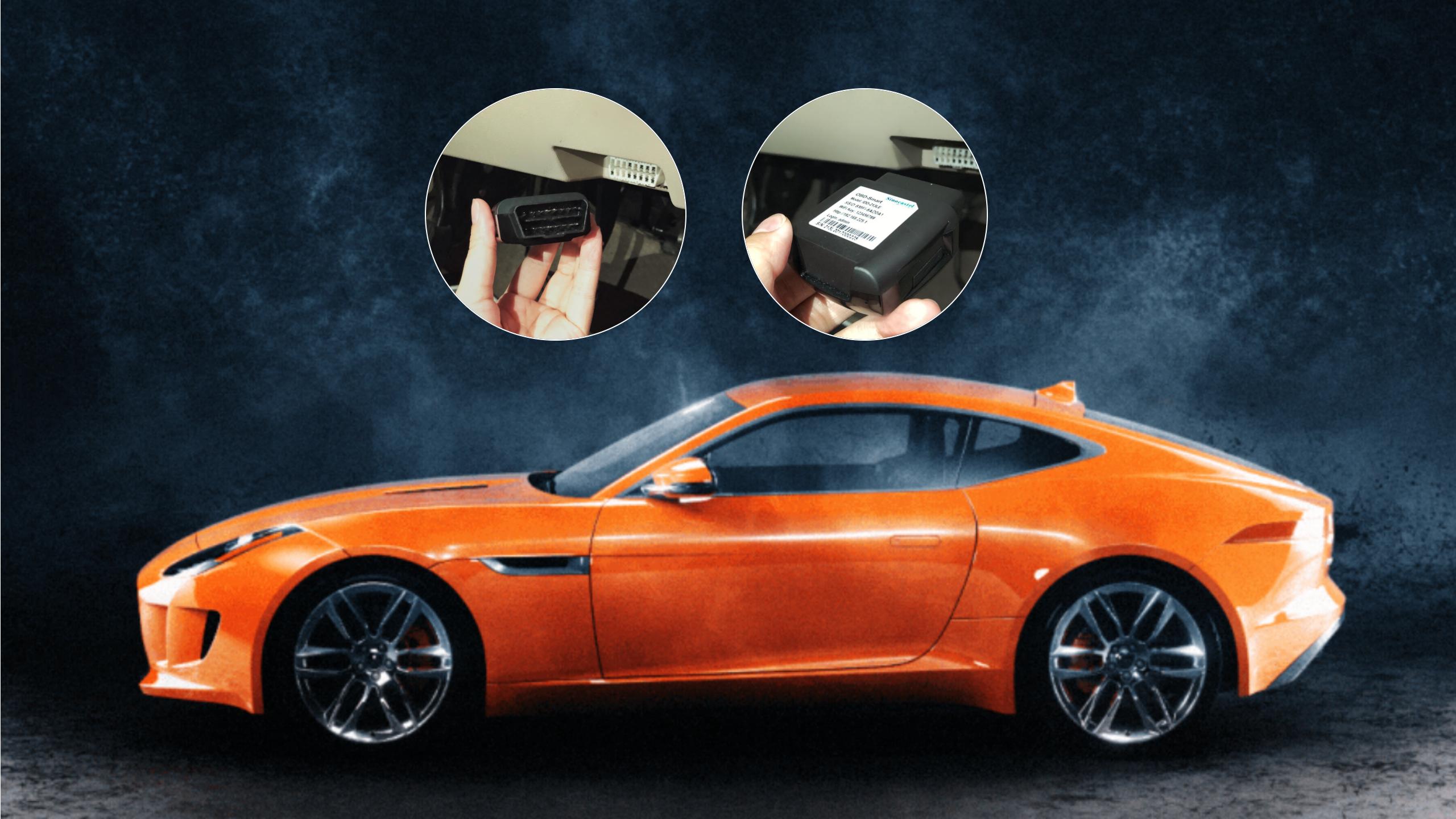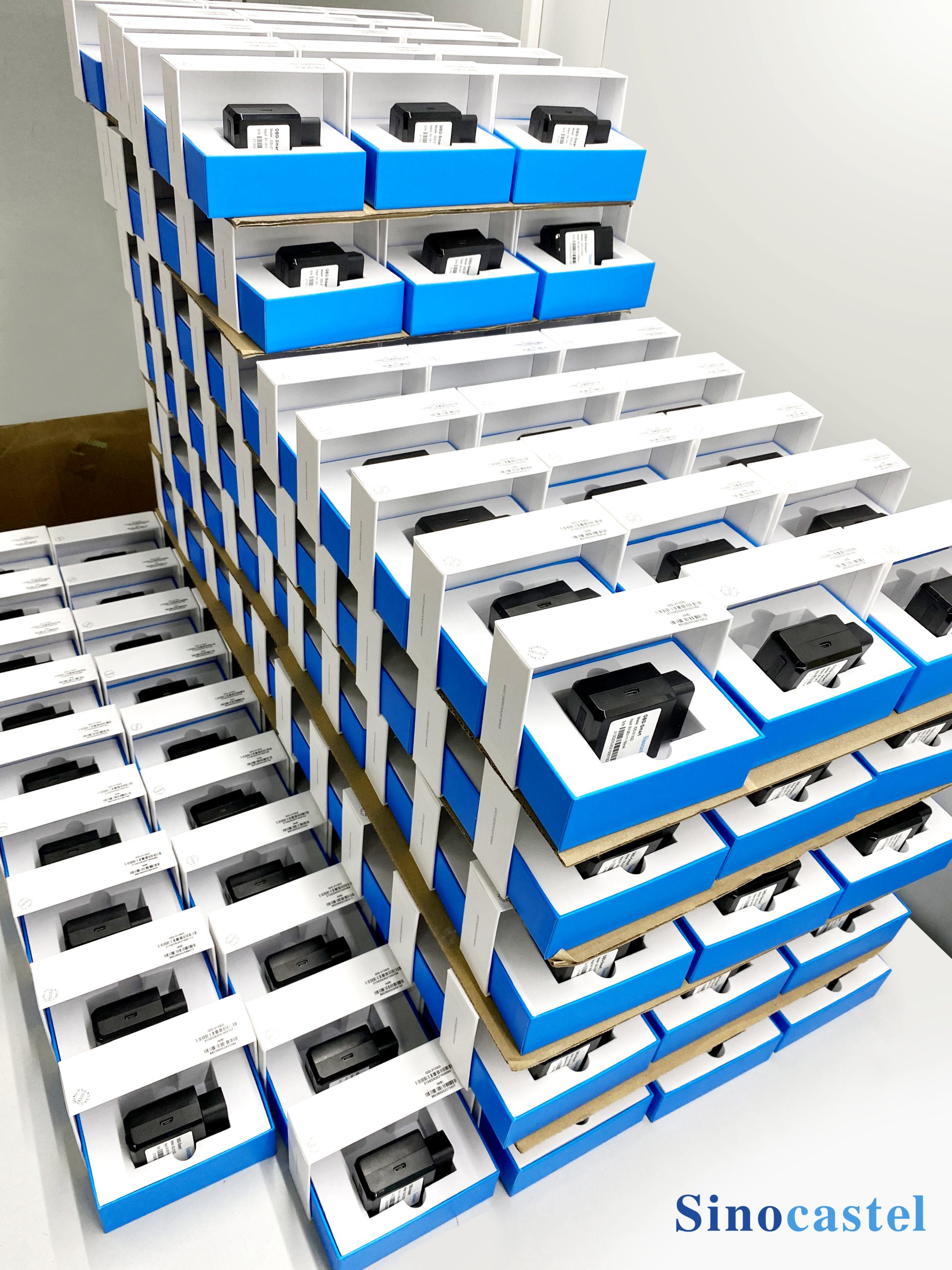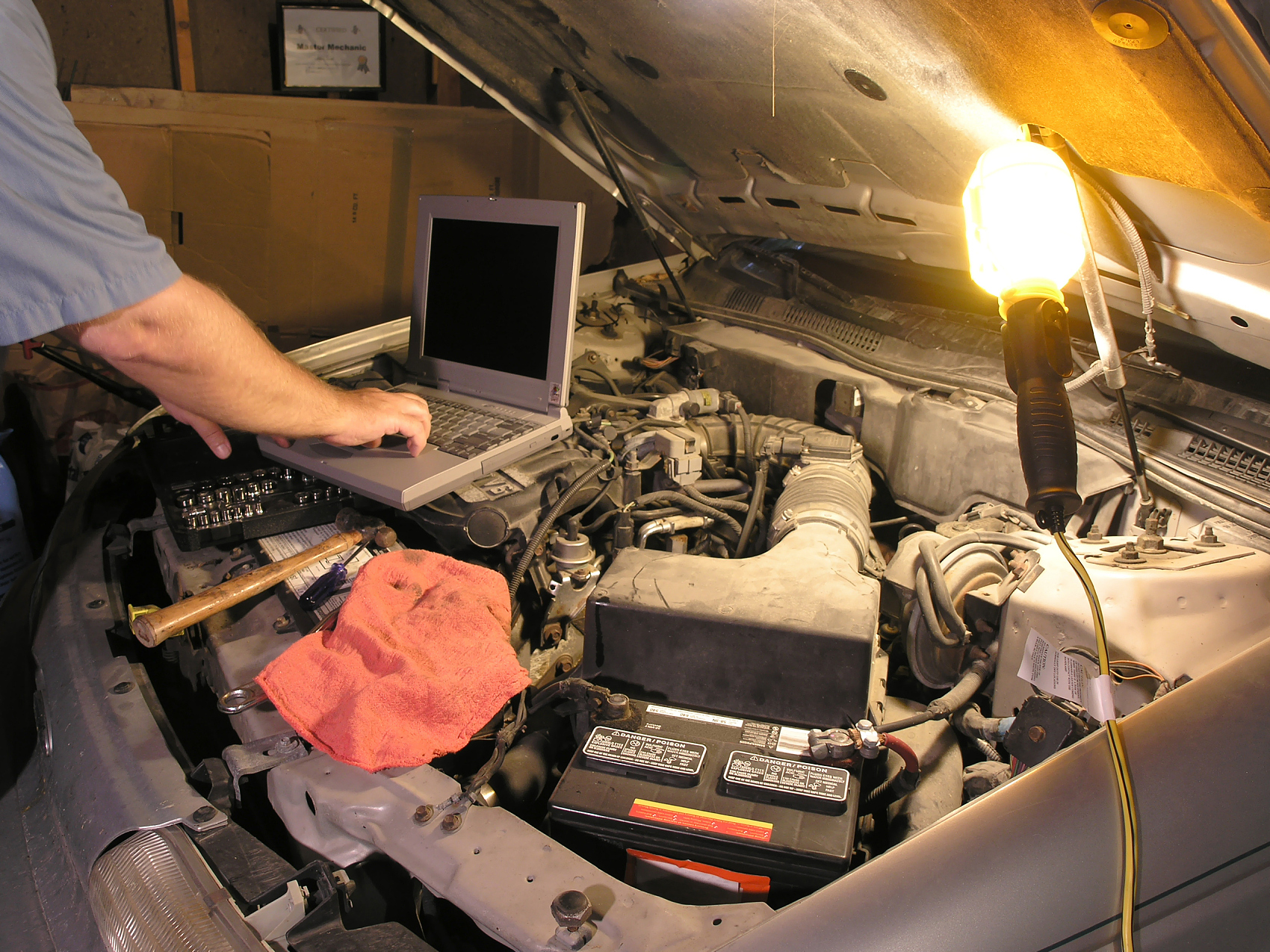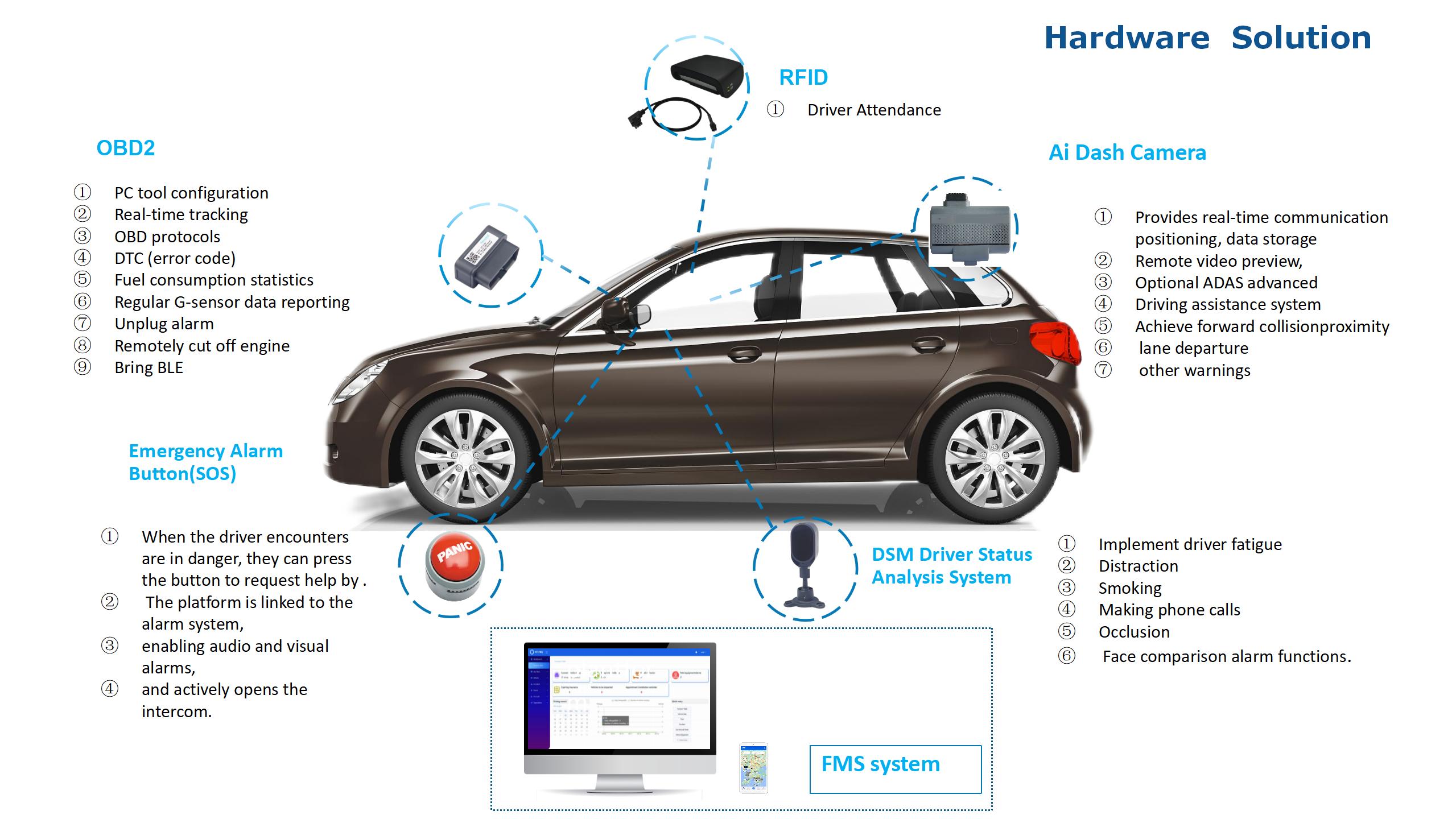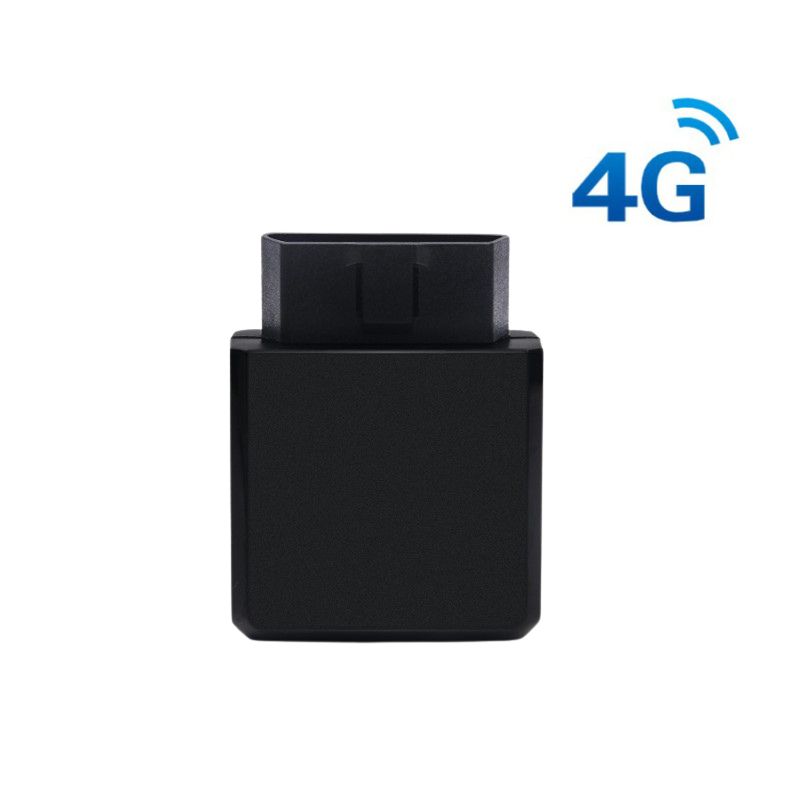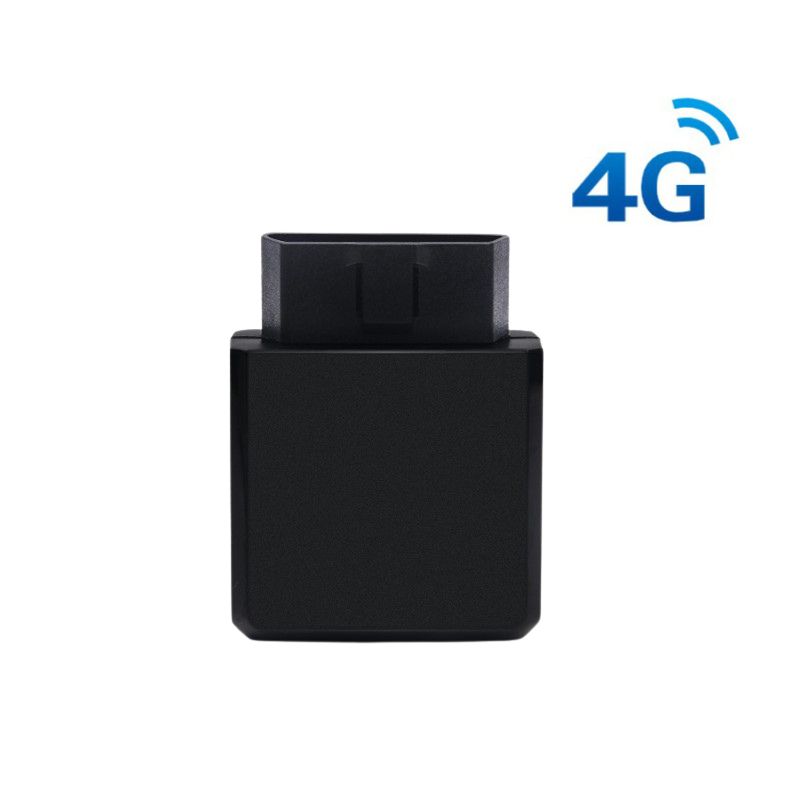What is OBD1?
The development of On-Board Diagnostics (OBD) systems has transformed the way vehicles are monitored, maintained, and repaired. OBD1, introduced in the 1980s, was the automotive industry’s first attempt at standardizing diagnostics, primarily to address growing emissions regulations. It allowed mechanics to retrieve basic fault codes through manufacturer-specific interfaces, helping identify engine malfunctions that could lead to increased pollution. However, OBD1 was limited by its lack of standardization—each carmaker used different connectors and protocols, making diagnostics inconsistent and often cumbersome. The system provided only minimal data, focusing mostly on engine performance without real-time monitoring or detailed feedback, leaving much of the troubleshooting process reliant on manual inspection.
What is OBD2?
OBD2, mandated in the U.S. by 1996 and later adopted worldwide, revolutionized vehicle diagnostics with its universal approach. Unlike OBD1, OBD2 features a standardized 16-pin connector and consistent communication protocols, ensuring compatibility across all vehicle makes and models. This system goes beyond basic error codes, offering real-time access to a wealth of data, including engine temperature, fuel efficiency, emissions levels, and even transmission performance. Mechanics and car owners can now diagnose issues with far greater precision, thanks to enhanced Diagnostic Trouble Codes (DTCs) that specify problems down to individual components. Additionally, OBD2 continuously monitors vehicle systems, triggering alerts the moment an irregularity is detected, which helps prevent minor issues from escalating into costly repairs.
The applications of these systems vary significantly. OBD1 remains relevant for classic car enthusiasts and older vehicles, where basic diagnostics suffice. In contrast, OBD2 is indispensable in modern automotive care, enabling advanced functions such as emissions testing compliance, fleet tracking, and even integration with smartphone apps for real-time vehicle health monitoring. Its superior data accessibility has also paved the way for telematics, allowing remote diagnostics and predictive maintenance—features that are critical for commercial fleets and smart car technologies. The key advantages of OBD2 over OBD1 lie in its universality, precision, and adaptability, making it an essential tool for mechanics, regulators, and everyday drivers alike. By providing deeper insights into vehicle performance while ensuring environmental compliance, OBD2 has set a new standard in automotive diagnostics, far surpassing the capabilities of its predecessor and shaping the future of connected car technology.
What is the difference between OBD1 & OBD2
| OBD1 and OBD2 comparison table | |||
| DTC&PID | Parameters | OBD1 | OBD2 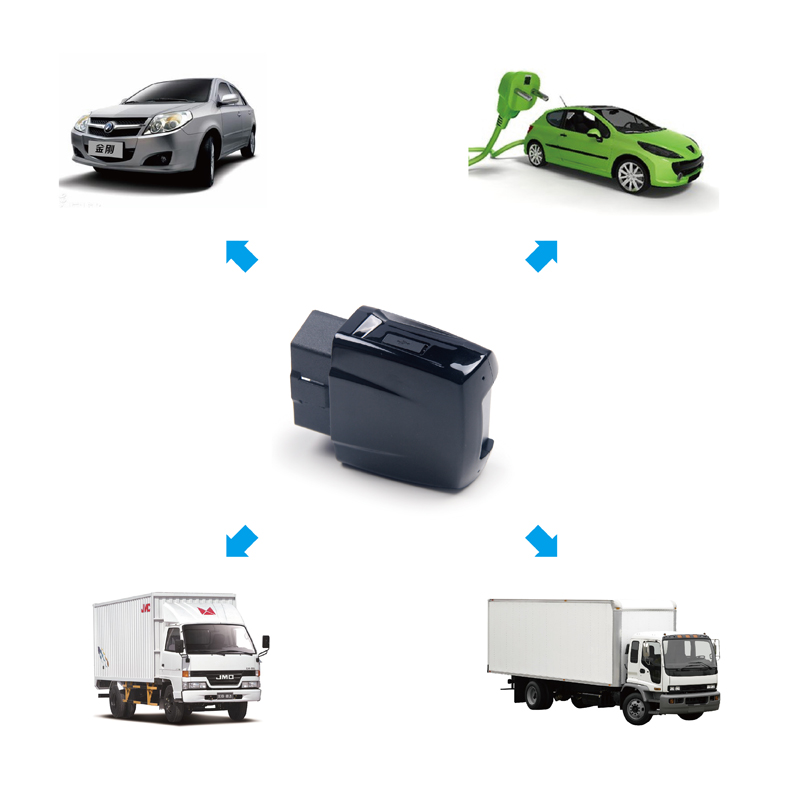 |
| DTC (Diagnostic Trouble Code) | Features | OBD1 (early system) | OBD2 (standardized system) |
| Code length | Usually 3-4 digits (such as 12,34) | 5 digits (such as P0172) | |
| Code structure | Manufacturer-defined, no unified rules | Standardized (the first letter represents the system) | |
| Operation | Different manufacturers use different encoding methods (such as GM, Ford, and Toyota, each of which has their own DTC table), and maintenance requires reference to the corresponding manual. | Using SAE/ISO standards, universally used, such as P=power system, B=body system, etc. | |
| Detection range | Only basic engine faults (such as misfire, oxygen sensor) | Covering engine, transmission, emissions, ABS, airbags, etc. | |
| Malfunction light (MIL) | Some models do not have a unified fault light | Mandatory “Check Engine Light” (MIL) | |
| Freeze frame data | None | Record key data when the fault occurs (such as speed, temperature | |
| Availability | Only monitor a few key parameters, less fault information. | Support more comprehensive fault detection and store environmental data when the fault occurs (freeze frame). | |
| PID (Parameter IDentifier ) | Communication protocol | Manufacturer-owned (such as GM ALDL, Ford EEC-IV) | Standard protocol (such as ISO 9141, CAN) |
| Data format | No unified PID, manufacturer-specific tools are required | Standard PID (such as 010C=speed, 0105=water temperature) | |
| Real-time data | Only limited parameters are supported | Can read 100+ parameters (fuel correction, oxygen sensor voltage, etc.) | |
| Availability | Different brands use different data formats, requiring dedicated scanning tools | Using standard PID, universal diagnostic instrument can read all supported data. | |
| Engine data | Basic (RPM, water temperature) | Detailed (short-term/long-term fuel correction, intake volume, etc.) | |
| Emission data | Only the oxygen sensor | Catalytic converter efficiency, EVAP system monitoring | |
| Data | Gear position, clutch status, etc. | ||
| Body/structure | ABS, airbags, etc. | ||
